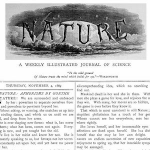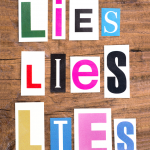Let’s play Unintended consequences
Reassessing the Luddites
Aging and Martin Scorsese
Lie, mistruth, or editing?
Retraction
Unless he has a miraculous change of mind and heart, Robert F. Kennedy, Jr. will be remembered as a scourge on public health. He'll also be the Kennedy whose words and actions encouraged the spread of not only measles, mumps, and rubella but influenza and cervical cancer as well. What a legacy.
We would like to believe that most retractions are due to honest errors. But a new paper found that most retractions in chemistry and similar fields are due to actions that are much worse. However, there may be a silver lining in the data.
Scientists cannot publish the same figure twice. Those are the rules. One group, however, tried to pull a fast one and had the same figure in eight papers. Eight! How did journal editors find out? Easy ... they emailed each other. Now, the papers are getting their due by being retracted.
A high-profile paper has finally been retracted by the journal Science after 10 months of investigation. The work has been ruled to be so full of negligence by an ethical review board – which discovered missing data and flat-out lies – it's a wonder how it was ever accepted in the first place.
A high-profile paper published in Science earlier this year is in jeopardy because of events that started out with a theft of a laptop may end up being a big enough transgression to have it erased from the scientific literature. Meanwhile, the paper on microbeads has a major problem, one that the journal is taking its time dealing with.





